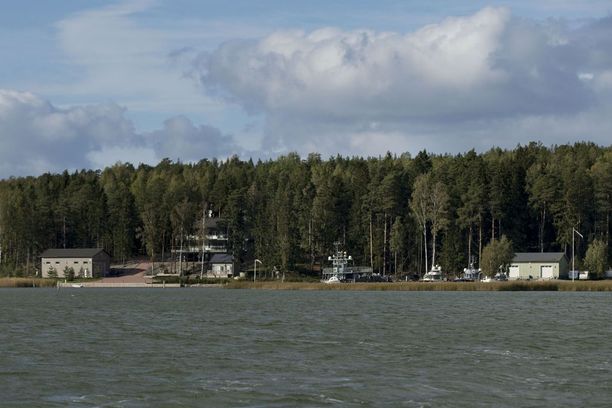Pervasive Monitoring (PM) is widespread (and often covert) surveillance through intrusive gathering of protocol artefacts, including application content, or protocol metadata such as headers. Active or passive wiretaps and traffic analysis, (e.g., correlation, timing or measuring packet sizes), or subverting the cryptographic keys used to secure protocols can also be used as part of pervasive monitoring. PM is distinguished by being indiscriminate and very large scale, rather than by introducing new types of technical compromise.
The IETF community's technical assessment is that PM is an attack on the privacy of Internet users and organisations. The IETF community has expressed strong agreement that PM is an attack that needs to be mitigated where possible, via the design of protocols that make PM significantly more expensive or infeasible. Pervasive monitoring was discussed at the technical plenary of the November 2013 IETF meeting [
IETF88Plenary] and then through extensive exchanges on IETF mailing lists. This document records the IETF community's consensus and establishes the technical nature of PM.
The term "attack" is used here in a technical sense that differs somewhat from common English usage. In common English usage, an attack is an aggressive action perpetrated by an opponent, intended to enforce the opponent's will on the attacked party. The term is used here to refer to behavior that subverts the intent of communicating parties without the agreement of those parties. An attack may change the content of the communication, record the content or external characteristics of the communication, or through correlation with other communication events, reveal information the parties did not intend to be revealed. It may also have other effects that similarly subvert the intent of a communicator. [
RFC4949] contains a more complete definition for the term "attack".
We also use the term in the singular here, even though PM in reality may consist of a multifaceted set of coordinated attacks.
In particular, the term "attack", used technically, implies nothing about the motivation of the actor mounting the attack. The motivation for PM can range from non-targeted nation-state surveillance, to legal but privacy-unfriendly purposes by commercial enterprises, to illegal actions by criminals. The same techniques to achieve PM can be used regardless of motivation.
Thus, we cannot defend against the most nefarious actors while allowing monitoring by other actors no matter how benevolent some might consider them to be, since the actions required of the attacker are indistinguishable from other attacks. The motivation for PM is, therefore, not relevant for how PM is mitigated in IETF protocols.





